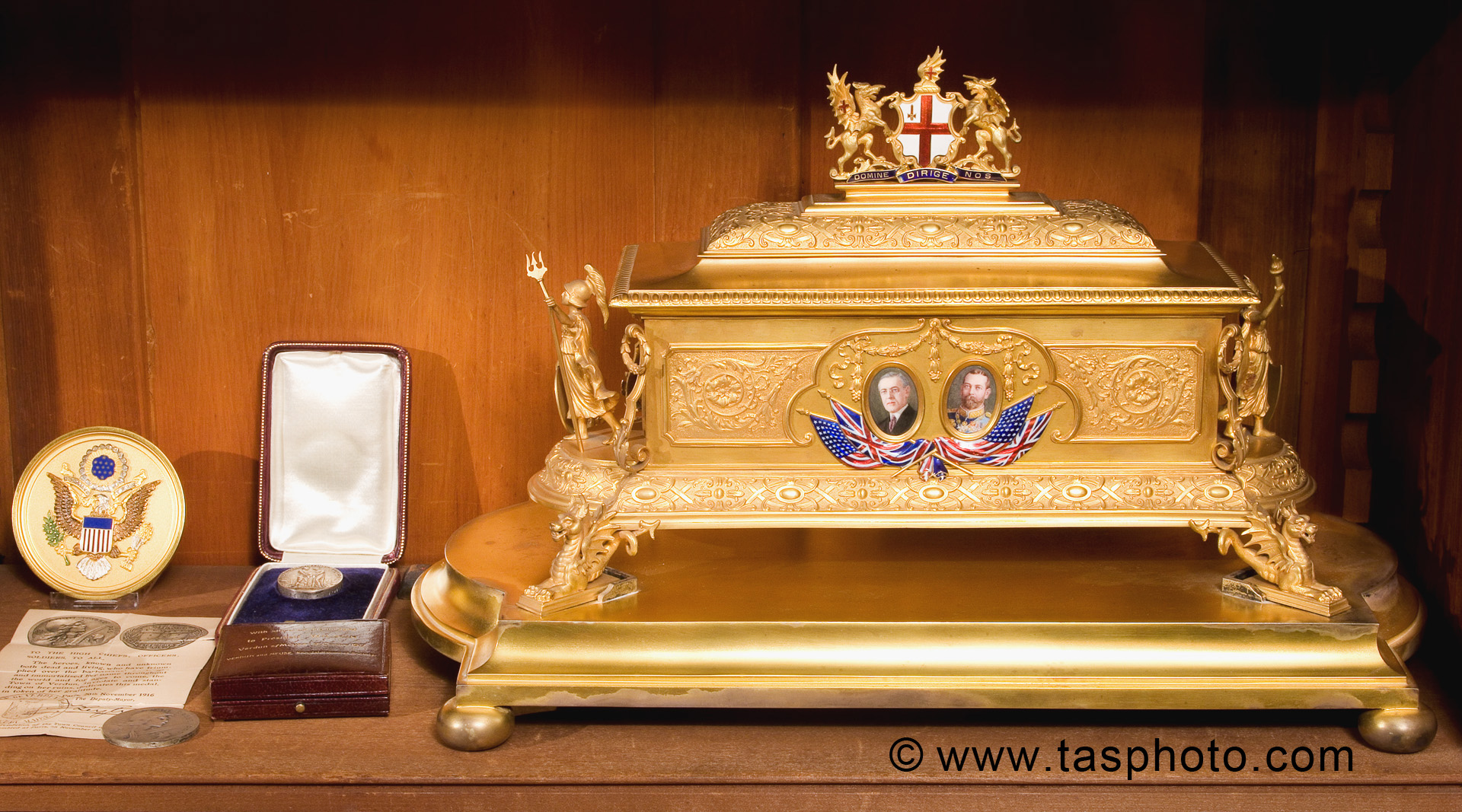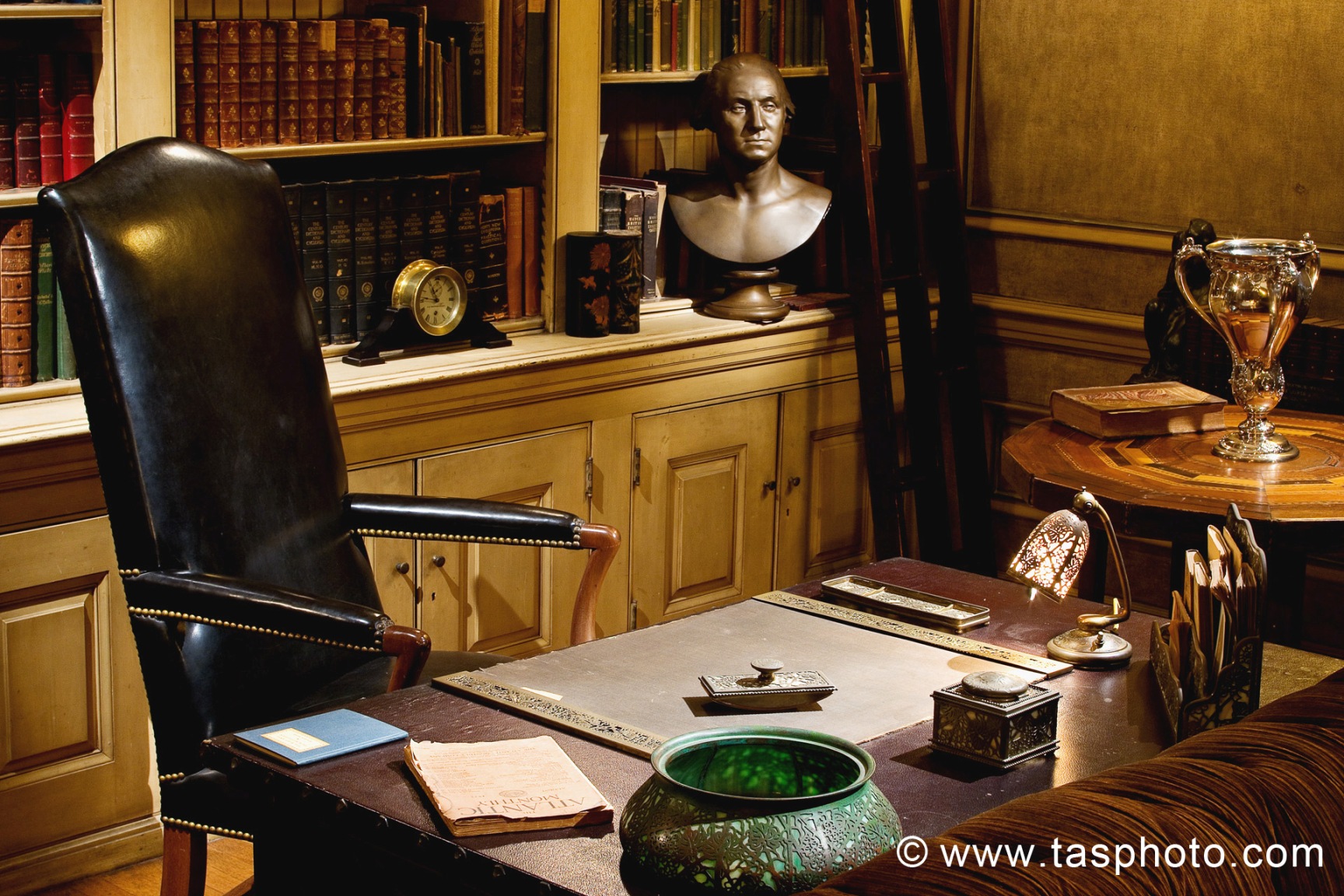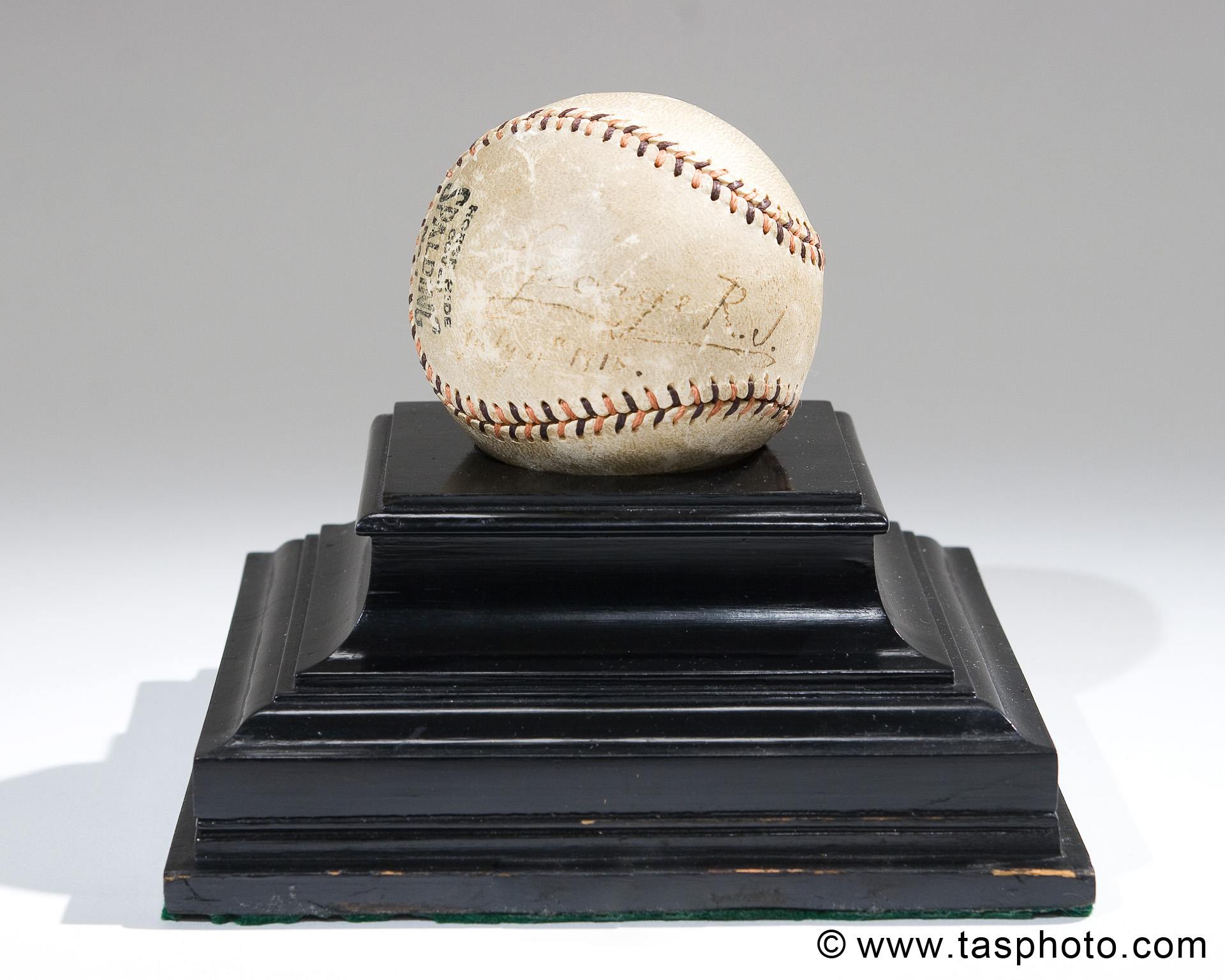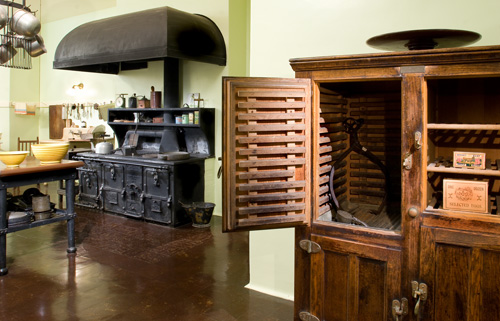Last
Sunday, those interested in everything from architecture to foreign cultures
and everything in between had the opportunity to attend the annual Kalorama
House and Embassy Tour, organized by The President Woodrow Wilson House.
Visitors had the option to tour six different embassies and a private residence
on S Street. They enjoyed refreshments, a jazz ensemble, and an open-house
atmosphere at the President Woodrow Wilson House, which is also located on S
Street.
Crystal
Chandelier, a jazz ensemble, provided live music at the President Woodrow
Wilson House on Sunday.
The Kalorama neighborhood of
Washington D.C. was named by Joel Barlow, a poet who moved into the area in
1808. “Kalorama” is Greek for “a beautiful view.” Since the early
nineteenth century Kalorama neighborhood was a largely undeveloped, suburban
area overlooking downtown D.C., Barlow thought that the name suited the area
quite well.[1]
President Wilson and his wife, Mrs.
Edith Wilson, moved into the neighborhood in 1921 after leaving the White
House, making the Wilsons the first and only presidential couple to make
Washington their permanent residence after leaving office. Their home on S
Street, now The President Woodrow Wilson House, was a stately four story mansion
that was grand enough to receive guests, but still quiet enough President
Wilson could rest, recuperate (he had suffered from a stroke during his second
term) and enjoy a peaceful retirement. Waddy Woods built the Wilson house in
the Georgian Revival style, one several popular styles of architecture in the
neighborhood. Kalorama is also home to examples of Beaux Arts, Mediterranean,
and other interesting and beautiful architectural styles.[2]
Guests had the opportunity to enjoy refreshments and
music in the back garden at the President Woodrow Wilson House.
The area continued to develop and
urbanize throughout the nineteenth and early twentieth centuries as the
streetcar and other transportation systems transformed D.C. into the modern
city that it is today. However, it was not until the Great Depression hit the
United States 1929 that the beautiful embassies and ambassadorial residences
that visitors had the chance to tour last Sunday began to show up in Kalorama.
After the stock market crash, many of the area’s wealthier families and
homeowners hit hard times and were forced to sell their homes. In many cases,
those home were bought by the U.S. government, who transformed the buildings
into foreign embassies.[3]
Among
the stops on the tour was the Cultural Center at the Korean Embassy. Visitors
were able to see beautiful art, try Korean food, wear traditional Korean
clothing, and learn about Korean culture.
The 2014 Kalorama House and Embassy
Tour allowed visitors a special chance to explore parts of this beautiful and
historic neighborhood that are not generally open to the public. However, the
area is always a wonderful place to take a quiet walk and admire the houses and
imposing architecture of the modern embassies. Of course, while you are in the
area, be sure to visit The President Woodrow Wilson House on S Street!
-Sophia
Vayansky








No comments :
Post a Comment